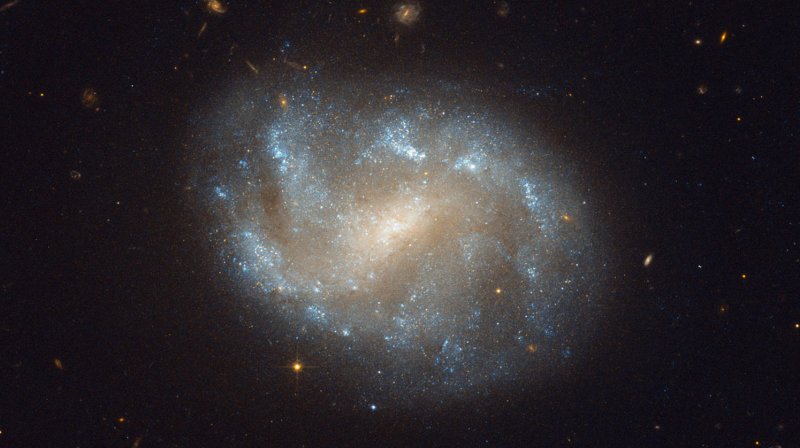COPENHAGEN, Denmark, May 16 (UPI) -- Galaxies in the young universe evolved faster than previously thought, offering the potential for early planet formation and life, Danish researchers say.
Astrophysicists at the University of Copenhagen's Niels Bohr Institute said up until now it was thought it had taken billions of years for stars to form and create galaxies with a high content of elements heavier than hydrogen and helium -- like carbon and oxygen -- necessary for the formation of planets and life as we know it.















